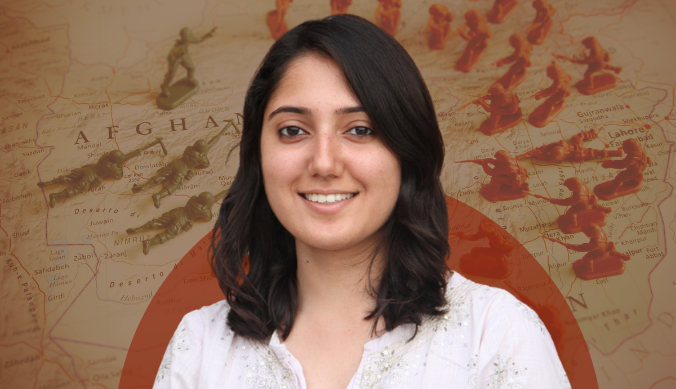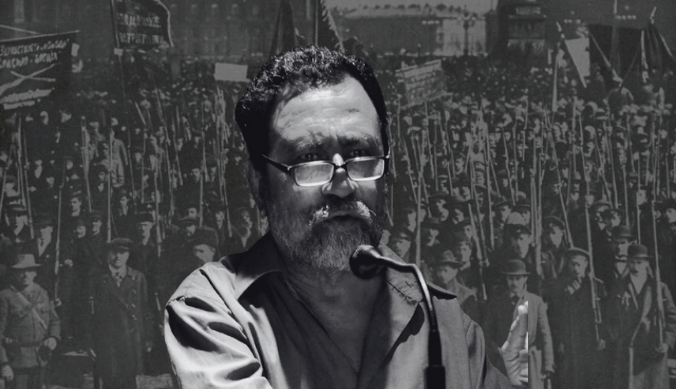A date with art and poetry
A spellbinding talk by Salima Hashmi (as part of the Crossover Series) focused on social commentary through art and culture
September, 2015: On a mild September evening, the auditorium at Ashoka University was jam-packed with students waiting for a talk, obscurely titled ‘A Song for this Day: Social Critique in Contemporary Pakistani Art’, to begin.
Salima Hashmi, the renowned Pakistani artist, social critic and daughter of no less a personage than legendary Pakistani poet, Faiz Ahmed Faiz, was a guest speaker as part of the Ashoka Crossover lecture series. Her father was a revolutionary and revered poet, also a member of the Progressive Writers’ Movement and her mother, Alys Faiz, was the founding member of the Human Rights Commission of Pakistan.
In her address, Hashmi, the former principal of the National College of Arts, Lahore, showcased the works of various Pakistani artists, dealing with issues plaguing Pakistan in particular and society in general. Sprinkled with anecdotes ranging from her experiences as the daughter of illustrious parents to her encounters with the police during the time of Emergency in Pakistan, she talked about art as an instrument for social change.
The works showcased by her during the session not only included paintings but also installations, upholstery and newspaper photographs. The issues she spoke about dealt with domestic violence perpetrated by the apparently holy clerics, desecration of the Bahmiyan Buddhas by the Taliban and human rights and liberties.
One of the most interesting pieces talked about during the lecture was the images of a luscious velvet coat designed by Ayesha Khalid, an artist. Titled ‘Appear as you are, be as you appear’, the coat was covered in beautiful and detailed Kashmiri embroidery. But as one looked underneath it, one could just about see steel needles protruding from the hems. The work seemed to make a reference to the political and social problems of Kashmir. In Hashmi’s words, it seemed to indicate that “The protectiveness of the garment is not as it seems. It demands too much from the wearer.”
Another artistic work that stood out was Farida Batool’s Line of Control (LOC) which could not be ignored when displayed on the big video screen in the auditorium. It showed an image of two bodies pressed against each other, suggesting love making. The LOC was depicted in the shadowy line formed where the two bodies connected. The fact underlined here was the inextricable nature and the intimacy of the relations between the two neighbouring countries.
Interestingly, she also talked about the intersections that occur between the sphere of art and literature. Reciting poetry related to the various artworks, she highlighted how the artists took titles of their paintings from poetry. Forming an interface between artists and poets, the poetry carried itself into works that the artists were doing. She quoted freely from Faiz’s most famous Bol ke lab azaad hai tere and Bulleh Shah’s Kafi poems, to Zehra Nigah’s Chadar of compromise. Listening to her transition flawlessly from English, to Urdu, to Punjabi and back was a surreal experience.
The question and answer round that followed the end of the session lasted for quite a while. Her thoughtful, yet passionate, responses kept the audience riveted for nearly two hours. All those present walked away with a greater appreciation for art, poetry and, perhaps, Salima Hashmi herself.
(The writer is a Young India Fellow, Class of 2016)










